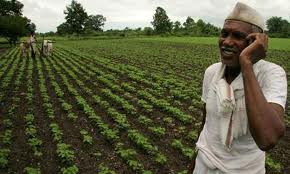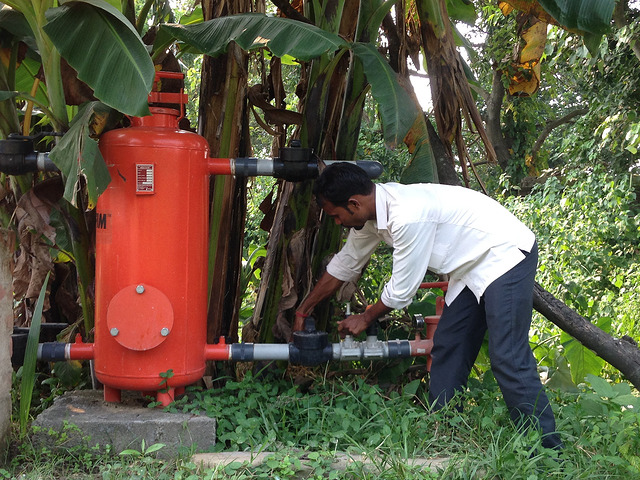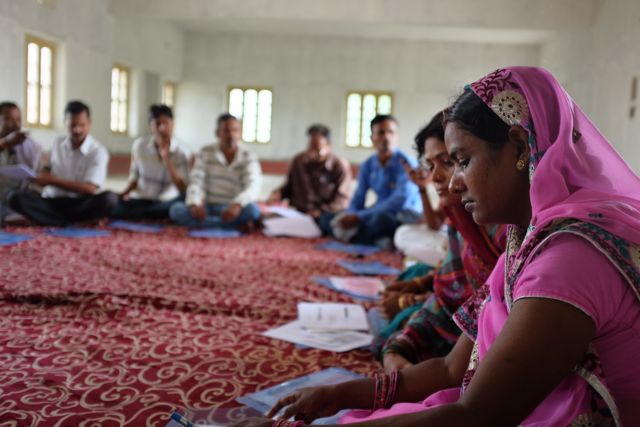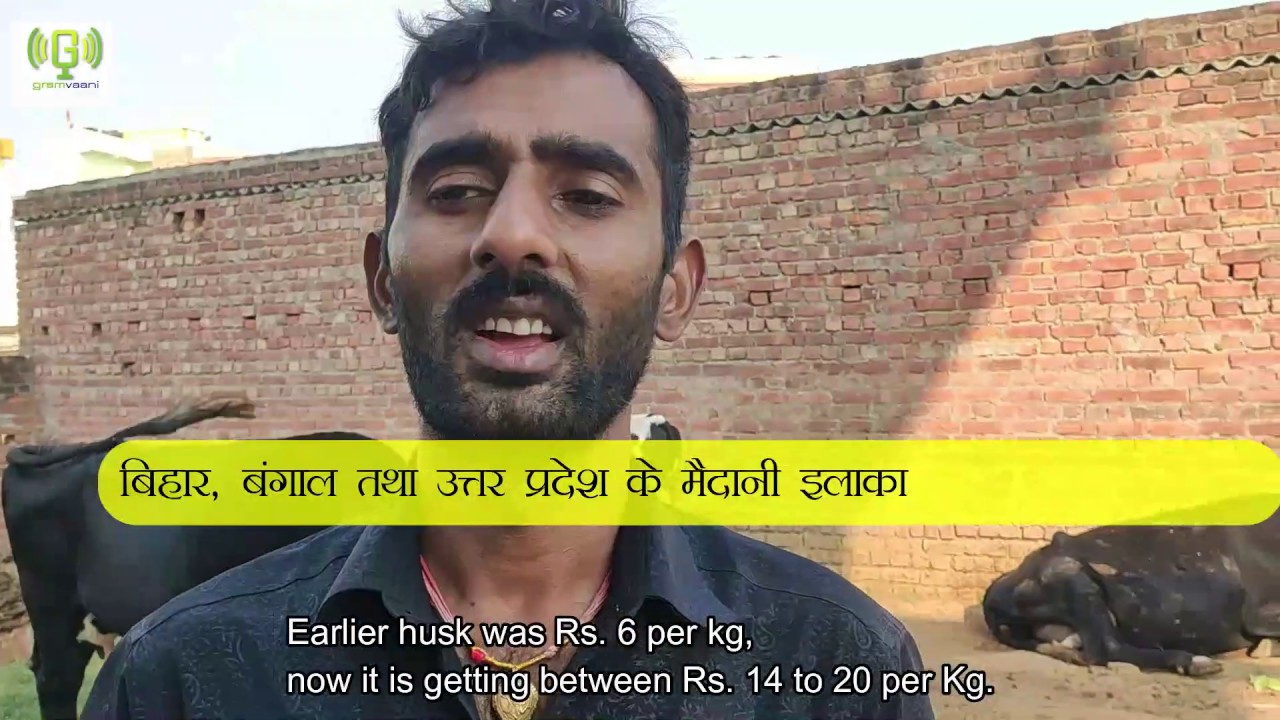#NotStatusQuo drew attention to systemizing temporary systems put in place during the lockdown & subsequent months to improve social security and welfare delivery in India....
Enhancing access to livelihood opportunities
Earlier this year, we wrote about what we learnt from working with partners to build gender equitable and healthy societies by using information and communication technologies.
Sowing seeds for a brighter future, with a little help from ICTs
Some 50 kilometres from Delhi – in Sonipat, Haryana – Surendar, a farmer, is wondering what to do about his lemon trees that have perished.
Farmers’ plea for insurance payments heard through Mobile Vaani
Since 2012, Mobile Vaani has been reaching thousands of people in India’s vast hinterlands with news, views and information about health, banking, education, sanitation, sexuality,...
Elected Women Representatives Use IVR for Accountability
Since the day it started operating, Gram Vaani has always strived to live its name, to be the voice of the village. The different campaigns...
#NotStatusQuo – how India’s social welfare delivery can be improved
#NotStatusQuo drew attention to systemizing temporary systems put in place during the lockdown & subsequent months to improve social security and welfare delivery in India....
When the animals went hungry too: Lockdown stories
Our Mobile Vaani listeners share their issues in coping up with their livestock fodder and livelihood during the corona virus lockdown.
Myth-busting and relief support for COVID-19
Over 100k people in rural India accessed verified info on #coronavirus and received support on relief measures through Mobile Vaani, as part of the Verified...
एक छात्रा की पहल से मिला 40 गरीब परिवारों को मनरेगा में काम, पंचायत में लगने लगा नियमित रोज़गार दिवस
लेखक- दीपक कुमार- समस्तीपुर कोरोना महामारी और लॉक डाउन से आई आर्थिक मंदी ने लाखों कामगारों को घर वापस लौटने के लिए मजबूर किया, कुछ...







